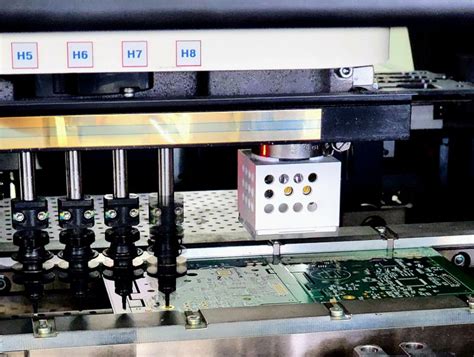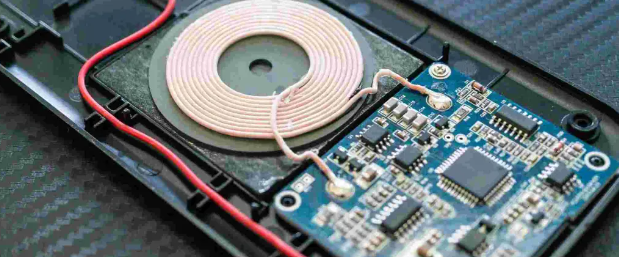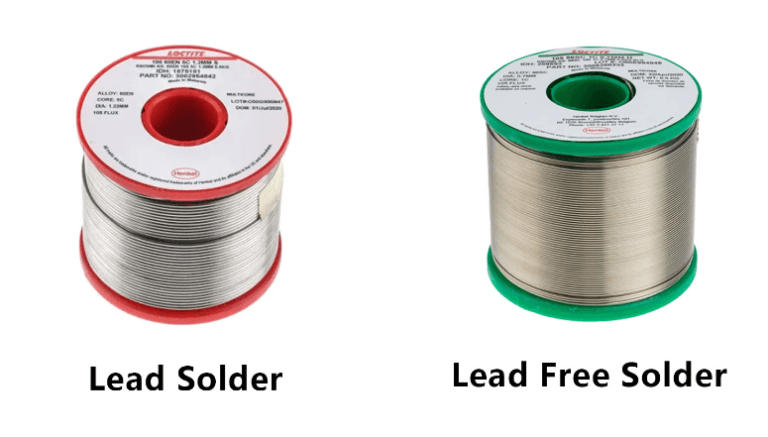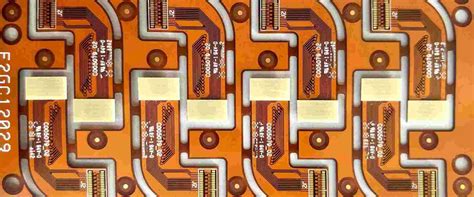Custom pcb printing cost
Factors Influencing Custom PCB Printing Costs
When considering the production of custom printed circuit boards (PCBs), understanding the factors that influence the cost is crucial for both hobbyists and professionals alike. The cost of custom PCB printing is not a fixed figure; rather, it is determined by a multitude of variables that can significantly impact the final price. By examining these factors, one can make informed decisions that balance both budgetary constraints and technical requirements.
To begin with, the size and complexity of the PCB design play a pivotal role in determining the cost.
Larger boards require more material, which naturally increases the expense. Additionally, complex designs with multiple layers, intricate routing, and numerous components necessitate more sophisticated manufacturing processes. This complexity often requires advanced machinery and more time to produce, thereby elevating the cost. Furthermore, the number of layers in a PCB is directly proportional to its price. A simple single-layer board is considerably less expensive than a multi-layer board, which may be necessary for more advanced applications.
Another significant factor is the choice of materials.
The substrate material, typically FR-4, is standard for most PCBs due to its balance of cost and performance. However, for applications requiring higher thermal resistance or flexibility, alternative materials such as polyimide or metal-core substrates may be used, which can substantially increase the cost. Additionally, the type of copper used, its thickness, and the finish applied to the board’s surface can also affect the price. For instance, boards requiring a thicker copper layer for higher current applications or a specific surface finish for improved solderability will incur additional costs.
The volume of production is another critical consideration.
Generally, the cost per unit decreases as the quantity of PCBs ordered increases, due to economies of scale. This is particularly relevant for commercial projects where large batches are produced. However, for prototypes or small-scale projects, the cost per unit can be significantly higher, as setup costs are spread over fewer units. Therefore, understanding the relationship between order volume and cost is essential for effective budgeting.
Moreover, the turnaround time required for PCB production can influence the cost.
Expedited services are available for those who need their boards quickly, but these services come at a premium. Standard production times are more cost-effective, but they may not meet the needs of time-sensitive projects. Balancing the urgency of delivery with budget constraints is a key consideration for many customers.
Additionally, the choice of manufacturer can impact the cost.
Different manufacturers offer varying levels of quality, service, and pricing. It is important to select a manufacturer that not only fits within the budget but also meets the technical specifications and quality standards required for the project. Comparing quotes from multiple manufacturers and considering their reputation and customer reviews can aid in making an informed decision.
In conclusion, the cost of custom PCB printing is influenced by a variety of factors, including design complexity, material choice, production volume, turnaround time, and manufacturer selection. By carefully considering each of these elements, individuals and companies can optimize their PCB production process to achieve a balance between cost and performance. Understanding these factors allows for strategic planning and informed decision-making, ultimately leading to successful project outcomes.
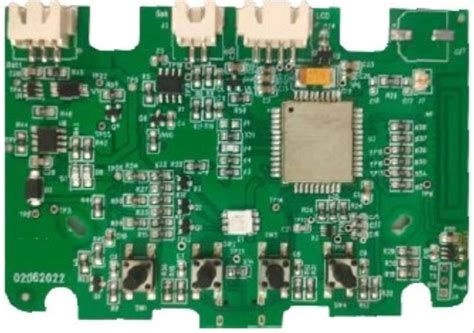
Cost-Effective Strategies for Custom PCB Printing
Custom PCB printing has become an essential component in the development of modern electronic devices, offering flexibility and precision in circuit design. However, the cost associated with custom PCB printing can be a significant concern for businesses and hobbyists alike. Understanding the factors that influence these costs and exploring strategies to mitigate them can lead to more cost-effective solutions without compromising on quality.
To begin with, the complexity of the PCB design plays a crucial role in determining the overall cost.
More intricate designs with multiple layers, fine traces, and numerous vias require advanced manufacturing techniques, which can drive up expenses. Simplifying the design where possible, such as reducing the number of layers or opting for wider traces, can significantly lower production costs. Additionally, using standard board sizes and shapes instead of custom dimensions can further reduce expenses, as manufacturers often charge a premium for non-standard specifications.
Another factor influencing cost is the choice of materials.
High-performance materials, such as those with superior thermal or electrical properties, tend to be more expensive. While these materials may be necessary for certain applications, evaluating whether they are essential for your specific project can help in making cost-effective decisions. Opting for standard materials that meet the basic requirements of your design can lead to substantial savings.
The volume of production is also a key determinant of cost.
Generally, the per-unit cost decreases as the quantity of PCBs ordered increases, due to economies of scale. For small-scale projects, it may be beneficial to collaborate with other designers or companies to place a bulk order, thereby reducing the cost per unit. Alternatively, some manufacturers offer prototype services that cater to low-volume orders at a reduced rate, which can be an attractive option for initial testing and development phases.
Furthermore, the choice of manufacturer can have a significant impact on the cost of custom PCB printing.
Prices can vary widely between different suppliers, so it is advisable to obtain quotes from multiple manufacturers to compare costs. In addition to price, consider factors such as lead time, quality assurance, and customer support when selecting a supplier. Some manufacturers offer discounts for repeat customers or long-term contracts, which can be advantageous for ongoing projects.
Incorporating design for manufacturability (DFM) principles into the PCB design process can also lead to cost savings.
DFM involves designing PCBs in a way that simplifies the manufacturing process, thereby reducing the likelihood of errors and rework. This can include minimizing the use of complex components, ensuring adequate spacing between elements, and adhering to the manufacturer’s design guidelines. By facilitating a smoother production process, DFM can help in reducing both time and cost.
Lastly, staying informed about technological advancements and industry trends can provide opportunities for cost reduction.
Innovations in PCB manufacturing, such as automated assembly and advanced fabrication techniques, can lead to more efficient production processes and lower costs. Keeping abreast of these developments allows designers to leverage new technologies that may offer cost advantages.
In conclusion, while custom PCB printing can be costly, there are several strategies that can be employed to manage and reduce these expenses. By considering factors such as design complexity, material selection, production volume, manufacturer choice, and DFM principles, businesses and individuals can achieve cost-effective solutions that meet their specific needs. Through careful planning and informed decision-making, it is possible to balance cost considerations with the demands of modern electronic design.
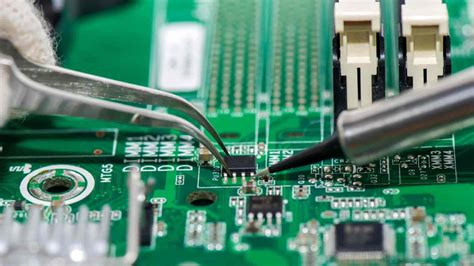
Comparing Custom PCB Printing Costs Across Manufacturers
When considering the production of custom printed circuit boards (PCBs), understanding the cost implications across different manufacturers is crucial for both hobbyists and professionals. The cost of custom PCB printing can vary significantly depending on several factors, including the complexity of the design, the materials used, the number of layers, and the quantity ordered. As such, a comprehensive comparison of these costs across various manufacturers can provide valuable insights for making informed decisions.
To begin with, one of the primary factors influencing the cost of custom PCB printing is the complexity of the design.
Manufacturers typically charge more for intricate designs that require advanced technology and precision. For instance, a simple single-layer PCB will generally be less expensive than a multi-layer board with complex routing and numerous components. This is because multi-layer boards require additional materials and more sophisticated manufacturing processes. Therefore, when comparing costs, it is essential to consider the specific requirements of your design and how they might impact the overall price.
In addition to design complexity, the materials used in PCB manufacturing also play a significant role in determining costs.
Standard materials such as FR-4, a common fiberglass-reinforced epoxy laminate, are generally more affordable. However, if your project demands specialized materials like high-frequency laminates or flexible substrates, you can expect to pay a premium. Different manufacturers may offer varying prices for these materials, so it is advisable to obtain quotes from multiple sources to ensure you are getting the best deal.
Another critical factor to consider is the number of layers in the PCB.
As the number of layers increases, so does the cost. This is because additional layers require more materials and more complex manufacturing processes. Manufacturers often have different pricing structures for multi-layer boards, so it is beneficial to compare these costs across different providers. Some manufacturers may offer discounts for higher layer counts, while others might charge a flat rate per layer.
Furthermore, the quantity of PCBs ordered can significantly affect the cost per unit.
Many manufacturers offer bulk pricing discounts, meaning that the more units you order, the lower the cost per board. This can be particularly advantageous for large-scale projects or commercial production runs. However, for smaller projects or prototypes, it may be more cost-effective to order a smaller quantity, even if the cost per unit is higher. Comparing the pricing structures of different manufacturers can help you determine the most economical option based on your specific needs.
Additionally, turnaround time is another aspect that can influence the cost of custom PCB printing.
Manufacturers often charge a premium for expedited services, which can be necessary if you are working on a tight deadline. However, if time is not a critical factor, opting for standard production times can result in significant cost savings. It is important to weigh the urgency of your project against the potential cost implications when making your decision.
In conclusion, comparing custom PCB printing costs across manufacturers involves evaluating several key factors, including design complexity, materials, number of layers, quantity, and turnaround time. By carefully considering these elements and obtaining quotes from multiple manufacturers, you can make an informed decision that balances quality, cost, and delivery time. This approach ensures that you select a manufacturer that meets your specific requirements while staying within your budget.
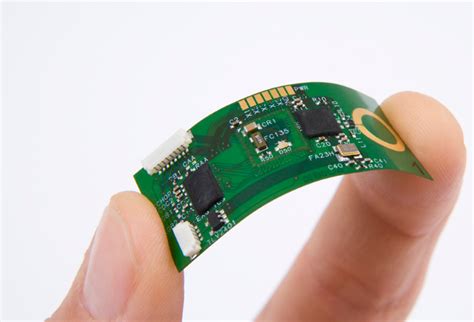
Understanding the Pricing Structure of Custom PCB Printing
Understanding the pricing structure of custom PCB printing is essential for businesses and individuals looking to develop electronic products. The cost of custom PCB printing can vary significantly based on several factors, each contributing to the overall expense. By examining these factors, one can gain a clearer understanding of how pricing is determined and make more informed decisions when planning a project.
To begin with, the size and complexity of the PCB design play a crucial role in determining the cost.
Larger PCBs require more material, which naturally increases the price. Additionally, complex designs with multiple layers or intricate patterns necessitate advanced manufacturing processes, further driving up costs. As a result, simplifying the design where possible can lead to significant savings. Moreover, the choice of materials used in the PCB can also impact the cost. Standard materials like FR-4 are generally more affordable, while high-frequency or high-temperature materials can be more expensive. Therefore, selecting the appropriate material based on the specific requirements of the project is vital for cost management.
Another important factor influencing the cost of custom PCB printing is the production volume.
Generally, the cost per unit decreases as the quantity increases due to economies of scale. This means that ordering a larger batch of PCBs can be more cost-effective in the long run. However, for prototypes or small-scale projects, the initial setup costs can be relatively high, making low-volume orders more expensive per unit. Consequently, it is important to carefully consider the production volume in relation to the project’s budget and timeline.
Furthermore, the turnaround time required for the PCB production can affect the pricing structure.
Expedited services, which offer faster delivery times, often come at a premium. If time is not a critical factor, opting for standard production times can help reduce costs. It is essential to balance the urgency of the project with the available budget to determine the most cost-effective option.
In addition to these primary factors, additional services such as testing, assembly, and quality assurance can also influence the overall cost.
While these services add to the expense, they are crucial for ensuring the reliability and functionality of the final product. Investing in thorough testing and quality control can prevent costly errors and rework in the future, ultimately saving money and time.
Moreover, geographical location and the choice of manufacturer can also impact pricing.
Manufacturers in regions with lower labor costs may offer more competitive pricing, but it is important to consider potential trade-offs in terms of quality and communication. Establishing a strong relationship with a reputable manufacturer can lead to better pricing and service in the long term.
In conclusion, understanding the pricing structure of custom PCB printing involves considering a variety of factors, including design complexity, material choice, production volume, turnaround time, and additional services. By carefully evaluating these elements, businesses and individuals can make informed decisions that align with their budget and project requirements. Ultimately, a strategic approach to custom PCB printing can lead to cost savings and successful product development.


